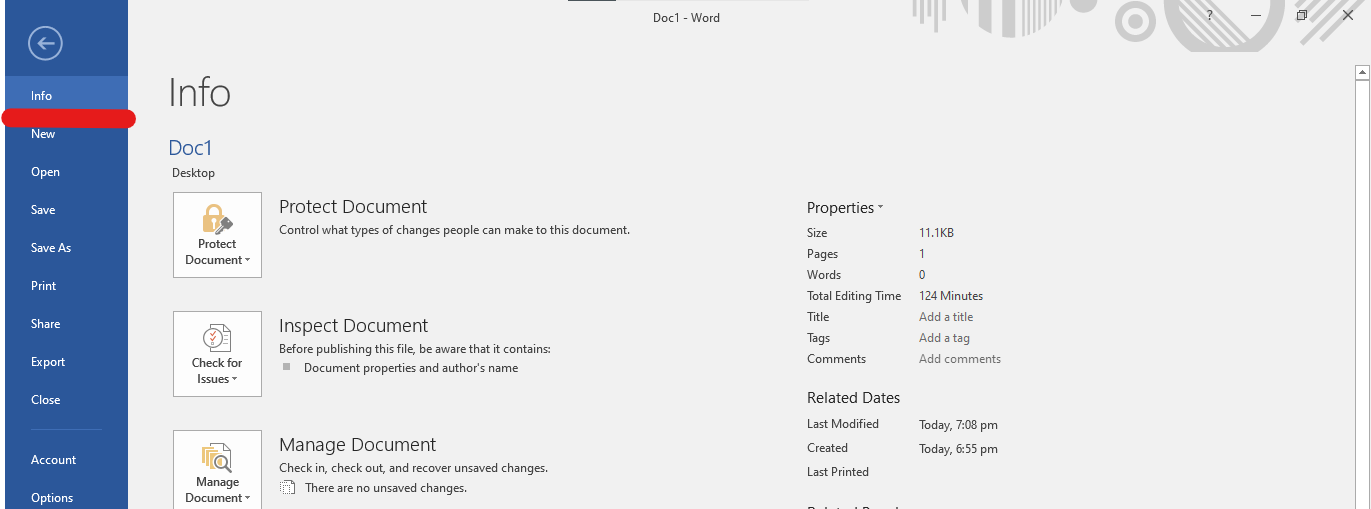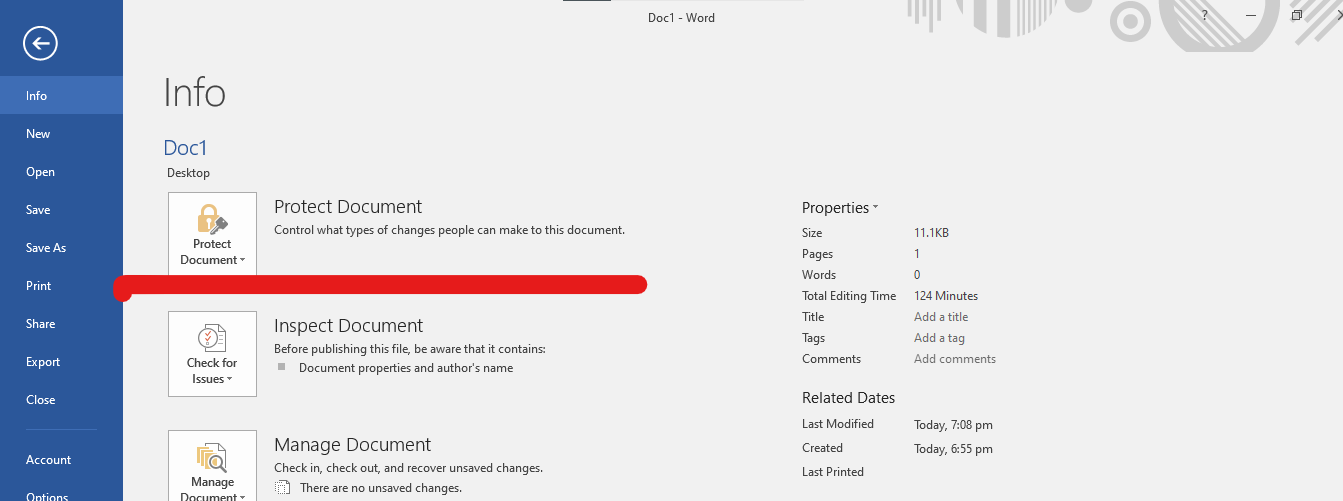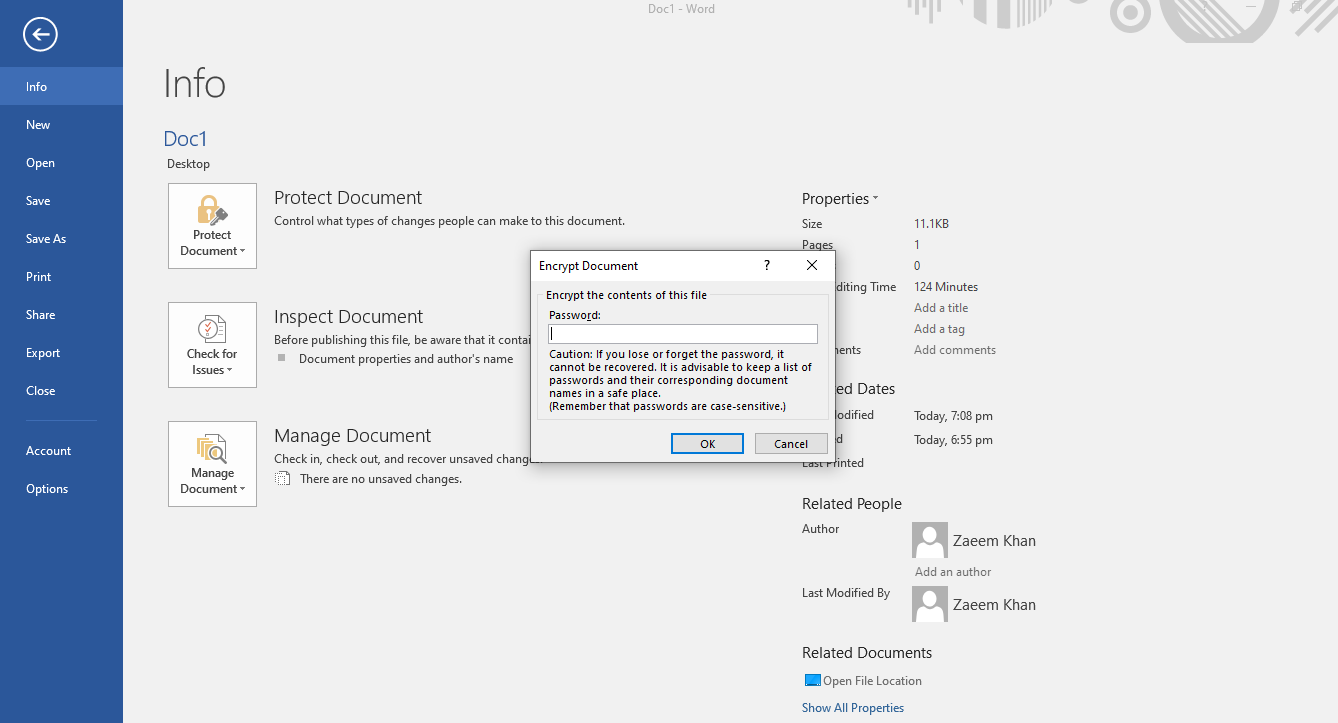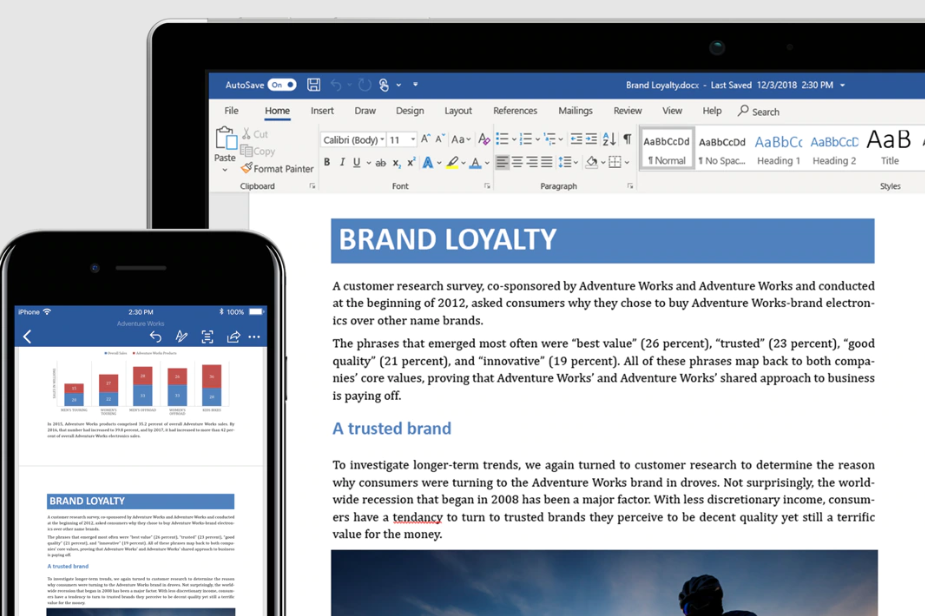In today’s digital age, data security is of utmost importance. Whether you’re a professional working on confidential business documents or a student handling sensitive academic assignments, it’s crucial to protect your Word documents from unauthorized access. One effective way to safeguard your data is by password-protecting your Word documents. In this comprehensive guide, we will walk you through the process of adding a password to your Word documents and explore additional security features to enhance document protection.
Why Protect Your Word Documents?
Before we dive into the steps of password protection, let’s understand why it’s essential to secure your Word documents. By adding a password to your documents, you ensure that only authorized individuals can access and modify the content. Whether you’re dealing with financial records, personal work reports, or confidential business data, password protection provides an additional layer of security, preventing unauthorized users from viewing or editing your documents without your permission.
Steps to Password-Protect Your Word Documents
Microsoft Word offers a built-in feature that allows you to easily add a password to your documents. Follow these steps to protect your Word documents:
- Open the Word document you want to password-protect.
- Click on the File tab located in the top-left corner of the screen.

- Select the Info tab from the left-hand menu.

- Click on the Protect Document option, then choose Encrypt with Password.

- Create a strong password that includes a mix of capitalized and lowercase letters, numbers, and symbols.

- Type your password into the provided field.
- Confirm your password by retyping it in the confirmation field.
- Save your document to ensure the password takes effect.
It’s important to choose a strong password that is not easily guessable. Avoid using common words, personal information, or sequential numbers. Instead, opt for a combination of random characters that is difficult for others to crack.
Additional Security Features in Word
In addition to password protection, Microsoft Word offers additional security features that allow you to customize the level of access and control others have over your document. Let’s explore some of these features:
Restrict Editing
If you want to share your document with others but limit their ability to make changes, you can restrict editing permissions. Follow these steps to restrict editing in Word:
- Open the document you want to restrict editing on.
- Click on the Review tab in the top menu.
- Select Restrict Editing to open the Restrict Editing pane.
In the Restrict Editing pane, you can choose from various options that allow you to specify what changes others can make to the document. For example, you can allow formatting changes, content editing, or commenting while restricting access to other editing features. To enforce these restrictions, you can set a password that users must enter to disable them.
Mark as Final
If you want to prevent any further changes to your document, you can mark it as final. When a document is marked as final, it becomes read-only, and others can only view its contents without making any updates. To mark your document as final, follow these steps:
- Open the document you want to mark as final.
- Click on the File tab in the top-left corner of the screen.
- Select the Protect Document option.
- Choose Mark as Final from the dropdown menu.
By marking your document as final, you inform readers that they are looking at the final version, and any changes they make will not be saved. This feature is useful when you want to share a document for review or reference purposes while maintaining its integrity.
Document Properties
Microsoft Word allows you to set additional security options for your documents using the Document Properties feature. To access this feature, follow these steps:
- Open the document you want to set additional security options for.
- Click on the File tab in the top-left corner of the screen.
- Select Info from the left-hand menu.
- Choose Protect Document to open the Protect Document menu.
From the Protect Document menu, you can explore various security features, including adding a digital signature and applying advanced encryption standards. These options provide an extra layer of protection to your Word documents, ensuring the confidentiality and integrity of your data.
Safely Sharing Password-Protected Word Documents
Once you have password-protected your Word documents, you may need to share them with others while maintaining security. Here are some best practices for safely sharing password-protected Word documents:
Follow Wise Password Sharing Measures
When sharing the password for your protected Word document, it’s crucial to ensure that you only give it to authorized recipients using secure protocols. Avoid sharing passwords through unencrypted methods such as email or instant messaging. Instead, use more secure methods like encrypted messaging apps or secure password management tools to share passwords securely.
Revoke Access When Necessary
If an unauthorized person gains access to the password or if you want to provide temporary access to your Word document, it’s important to revoke access for everyone and change the document’s password. Notify authorized parties of the new password so that they can continue to view and edit the document as permitted.
Safely Transfer Your Documents
To add an extra layer of security when sharing password-protected Word documents, consider using a secure file sharing tool like Microsoft OneDrive. By uploading your document to OneDrive, you can create a shareable link that can only be accessed with a password. Additionally, you can customize how users interact with your document while viewing it in the cloud-based program, further enhancing security and control.
By following these best practices, you can safely share your password-protected Word documents, mitigating security risks and ensuring that only authorized individuals can access your confidential information.
Conclusion
Protecting your Word documents with passwords is a crucial step in ensuring the security and integrity of your data. By following the steps outlined in this comprehensive guide, you can easily add password protection to your Word documents and customize additional security features to enhance document security. Remember to choose strong passwords, restrict editing permissions when necessary, and safely share your password-protected documents using secure methods. By implementing these measures, you can safeguard your confidential information and have peace of mind knowing that your Word documents are protected from unauthorized access and editing.
Remember, data security is a continuous process, and it’s essential to stay updated on the latest security practices and tools to protect your digital assets effectively.
Get started today and protect your Word documents with passwords to ensure the confidentiality and integrity of your sensitive information!
Additional Information:
- It’s recommended to change your passwords periodically to maintain security.
- Be cautious when sharing passwords and ensure that authorized recipients are trustworthy.
- Regularly update your software and operating system to benefit from the latest security features and patches.
- Consider using a password manager tool to securely store and manage your passwords.
- Always keep a backup of your important Word documents in case of any unforeseen events or data loss.
Experiencing difficulties with your Device, check out our “How To” page on how to resolve some of these issues.





